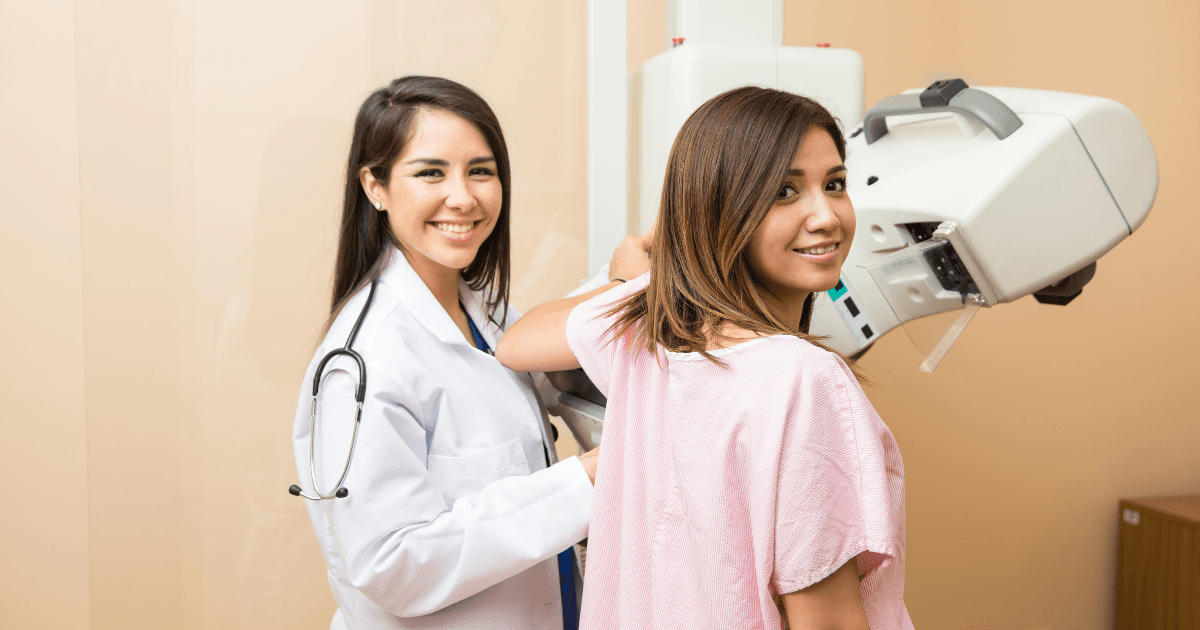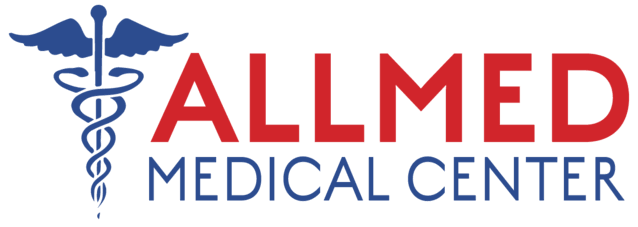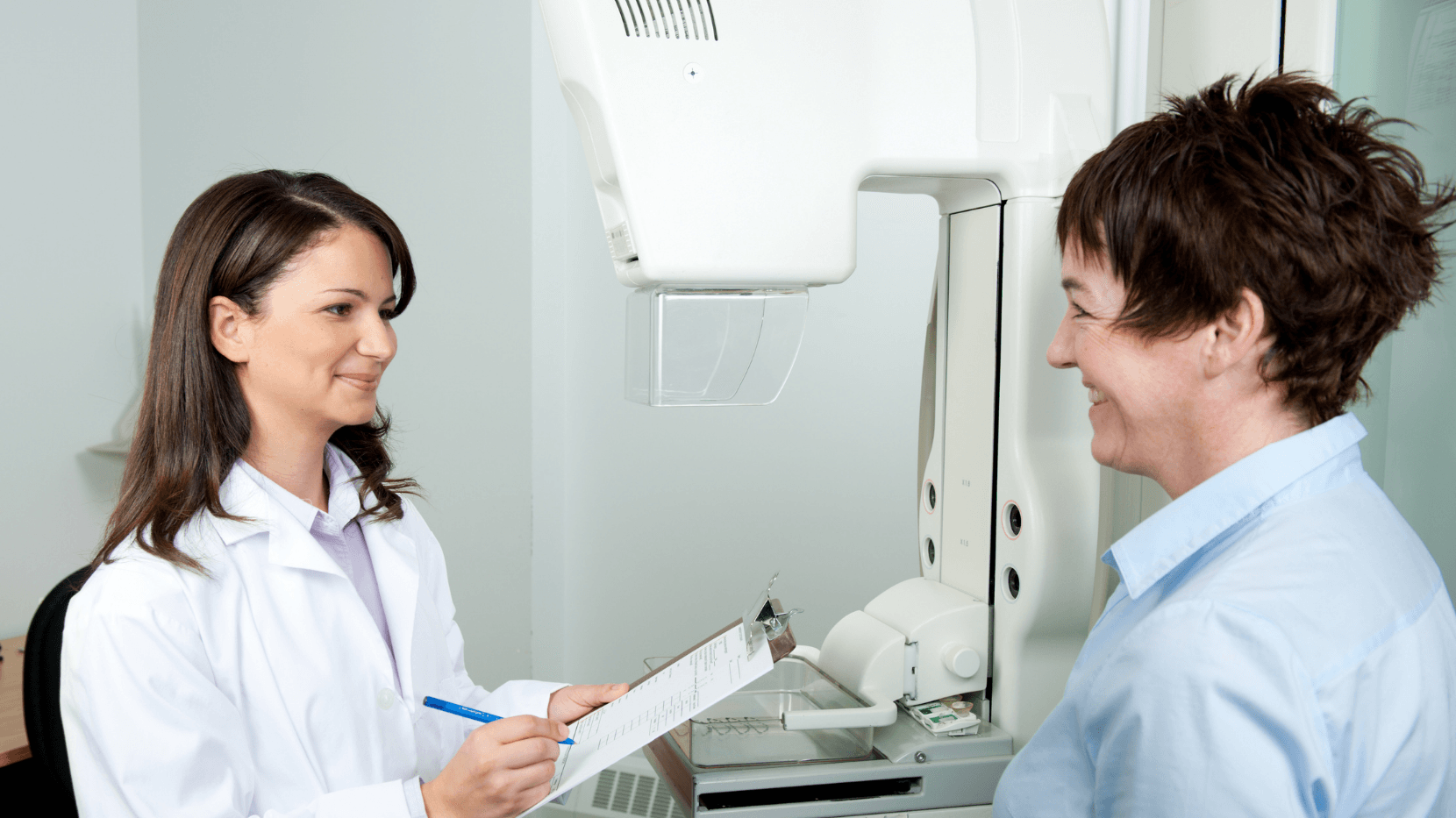
We Proudly Accept Medi-Cal and Medicare
Write your caption hereButton
Now Accepting Walk-ins!
Write your caption here

We Proudly Accept Medi-Cal and Medicare
Write your caption hereButton
Now Accepting Walk-ins!
Write your caption here

Early detection is essential for a whole range of health issues, but especially when it comes to treating and surviving breast cancer. If detected early, before cancer has had a chance to spread, the survival rate is 99%.
Breast cancer is the second most common cancer among women in the US. About
one in eight women will develop breast cancer, and your risk nearly doubles if you have an immediate relative who has already been diagnosed. Even though it’s less common, men are also at risk.
Mammograms Save Lives
Showing changes in the breast years before a patient or a physician can physically feel them, mammograms are the best tool for detecting breast cancer early. Simply put, a mammogram is an X-ray picture of the breast.
Although mammography cannot prove that an abnormal area is cancer, doctors use it to determine breast tissue changes. Breast self-exams are still important, but you may not feel anything yet until a sizable lump has already formed. And when that time comes, cancer has already been growing and spreading and maybe harder to treat.
It is important to note that mammograms do not prevent breast cancer. Instead, much like
pap smears help catch early signs of cervical cancer, they are a screening tool that detects cancer before any symptoms show. A normal mammogram result this year doesn’t mean future mammograms will also be normal. They aren’t a one and done test. The older you get, the more you are at risk of developing breast cancer, so it is important to get mammograms every year
starting at the age of 40.
Making it a regular routine can also help make your mammograms more accurate. Normal breast tissue can potentially hide cancer and prevent it from showing up. Mammograms are more effective when compared to previous ones because any changes in the breast tissue are more evident. With all that in mind, having a mammogram each year makes it much more likely to detect cancer when it is small and easily treatable.
Earlier mammograms made it difficult to detect breast tissue changes because images were low in contrast and underexposed. Doctors had to perform invasive surgeries first to detect cancer, which happened only after women felt an abnormal lump in their breast. As technology developed, imaging improved, making it easier for radiologists to see breast tissue changes.
Treating cancer while it’s still small saves you from surgically removing your breast (mastectomy). Because of routine mammograms and widespread efforts to educate people on the importance of early detection, the
death rate from breast cancer has been declining since 1975 and continues to do so.
What Happens During a Mammogram?
A mammogram is a quick and easy procedure. You may feel discomfort for the first few seconds, but the benefits of getting screened early and regularly will always make it worth the time.
It’s advisable not to apply any deodorant, perfume, or powder on the day of your appointment, as these can appear as white spots on the X-ray. Try not to schedule your mammogram the week before or during your period. Your breasts may become swollen or tender during that time. On the day of the appointment, wear a top, paired with pants or a skirt, instead of a dress. You will need to undress from the waist up.
You will then stand in front of a special X-ray machine during the actual procedure while a mammogram technician places your breast on a transparent plate. Another plate will then firmly press the breast to flatten it while the X-ray proceeds. A radiologist will then read your X-ray and report the results to your doctor.
Risk Factors And How You Can Start Mammography Tests
Check your family history for any women who have been diagnosed with breast cancer. If they have, you might want to talk to your doctor about starting mammograms earlier than 40. Do your monthly self-breast exam and if you detect any lumps, speak to your doctor about it, and she may advise you to schedule a mammogram. Inherited genetic mutations such as BRCA1 and BRCA2 also increases your risk of breast cancer. If you know you have inherited these genes, it is worth mentioning to your doctor.
While these risk factors are things that you cannot control, there are some that you can change.
Women who had their first pregnancy after age 30, never had a full-term pregnancy, and don’t breastfeed have a higher risk of getting breast cancer. If you are physically inactive and overweight, you are more likely to get breast cancer. Likewise, consuming more alcohol increases your risk. Living a balanced, healthy lifestyle will always be key to keeping diseases at bay.
No source about mammograms and breast cancer can beat personally talking to your doctor. Ask your doctor when is the best time, how often you specifically should get mammograms, and how to reduce your risk.
AllMed Medical CentersServing
Greater Sacramento
Allmed Medical Center | All Rights Reserved.













